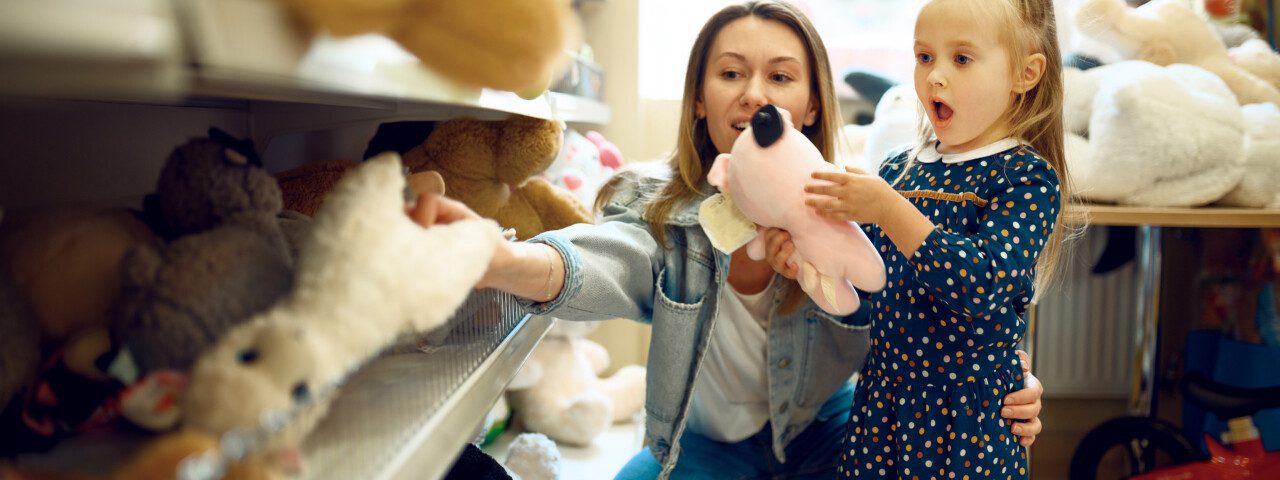
Samuel Yan
E-commerce Commercial Lead, China
As barriers to entry lower, China’s toy market has become more appealing to global manufacturers. And why not? China has the world’s second-largest economy, an expanding middle-class citizenry, and a large population of children. Though the global birth rate is decreasing, the population of children ages 0-14 in China is at 240 million, with the Chinese government eyeing more favorable policies to boost the country’s birth rate in the coming years.
In the first quarter (Q1) 2023, China’s Consumer Income Confidence Index rose 5.5% compared to Q4 2022, 85.6% of Chinese citizens claimed their income will either stay the same or increase, and China’s Consumer Price Index (CPI) increased 2% in 2022. And according to Circana’s E-commerce Tracker in China, the average selling price of toys went up 4%, meaning Chinese consumers are willing to spend more on higher-quality products. These are all good signs for the economy’s recovery and present great opportunities for international toy brands.
In addition to children, kidults will be another important growth force for China’s toy market. They are the target for trend toys, including blind boxes, collectibles, art toys, etc. Kidults in China are mainly Gen Z, which boasts a population of 264 million across the country and accounted for 40% of consumer spending among all consumers in China last year. They have passion for the things they love and are always willing to spend more in pursuit of them.
The trend toy market size was nearly $7B in 2022, which is expected to double in five years. Except for leading brands like Pop Mart, Kayou, and 52 Toys, many new local brands are entering this battlefield and willing to take share. Blind box has been the major type of trend toys in the past few years, but in the future, trend toy products will become more varied like superalloy Mecha, sculpture, etc. International toy brands could leverage this opportunity to grow their business in trend toys.
The movie market in China is one of the fastest recovery post-pandemic industries. In Q1 2023, the total China box office was $2.4B, accounted for 1/3 of the global box office, and was the top market in the country. The good recovery of the movie market greatly boosted movie-licensed toys in China. The science fiction movie ‘The Wandering Earth 2’, which aired in Q1 was a great success, and its licensed toys pre-sold online and collected more than RMB 120 million in only nine days. Not just local Chinese toy brands, but also international brands started their collaboration with this Chinese movie license.
Besides movie licenses, gaming is another fast-growing license type in China toys. Mobile gaming users in China exceeded 700 million in 2022, and the market size reached $15.3B (USD). Those users are surely potential customers for gaming-licensed toys. Except for old giants Tencent Games, and NetEase Games, other gaming companies are booming, including Mihoyo and Paper Games, who performed extremely well in China’s toy market, particularly in action figures, trading cards, and plush super categories.
In recent years, the lower-than-expected toy industry performance is an opportunity for big brands to gain share. Even though China’s toy market is segmented today, it is expected to be more concentrated in the coming years. Big international toy brands usually have several well-known properties and should be able to benefit from this industry movement.
Each year, there are plenty of hidden opportunities for growth in China’s toy market. Take 2022 as an example; although the overall market posted a decline, many growth engines still exist to identify (i.e., stress-release/self-amuse, real-life experience, brain development, and IP enhancement). If those toy brands could correctly identify the hidden growth engines, business could grow very quickly.
Get insights straight to your inbox


